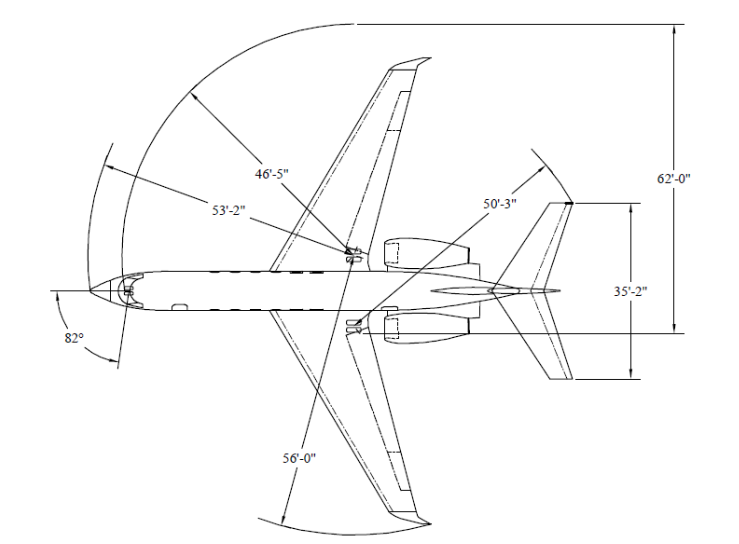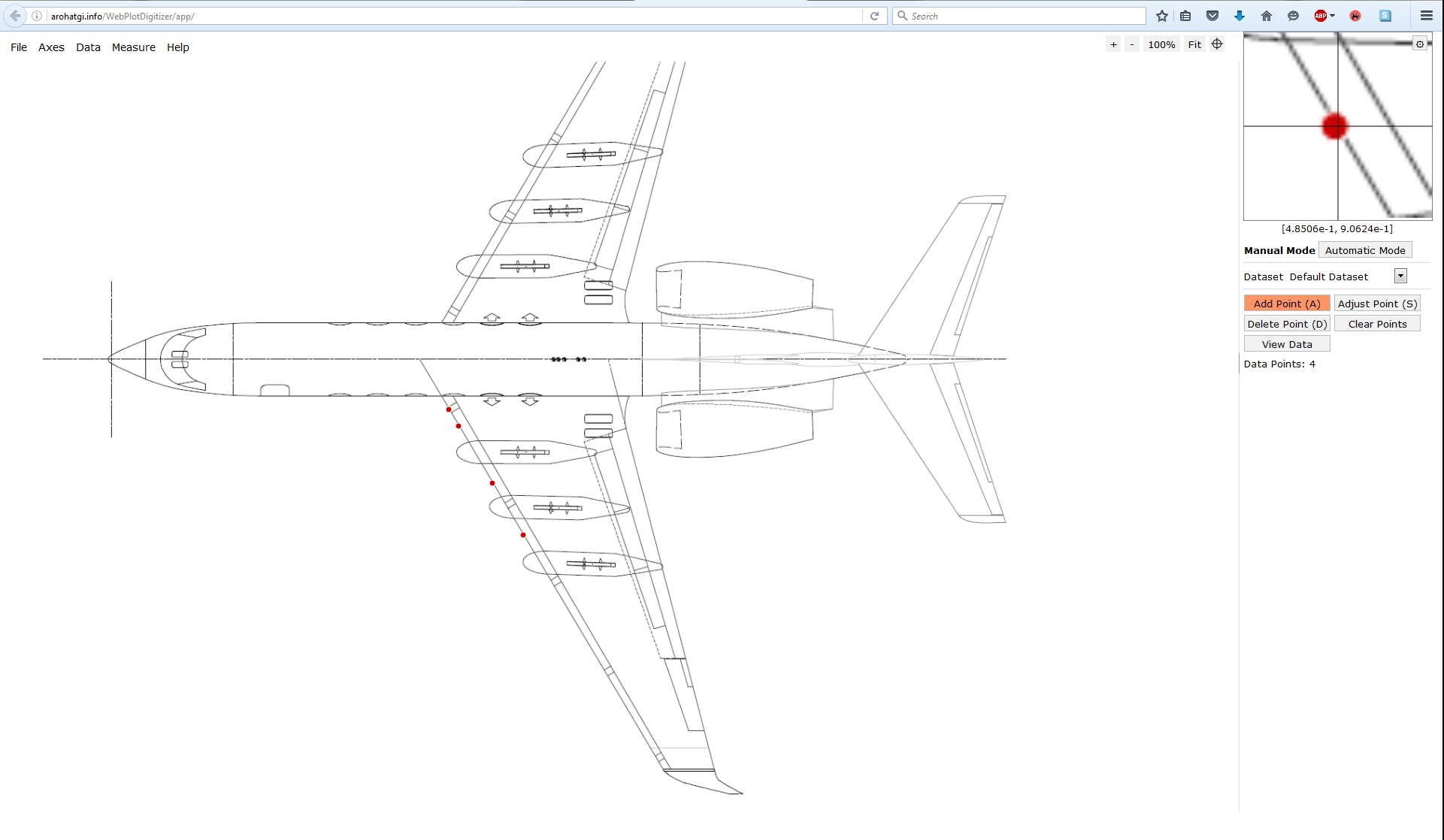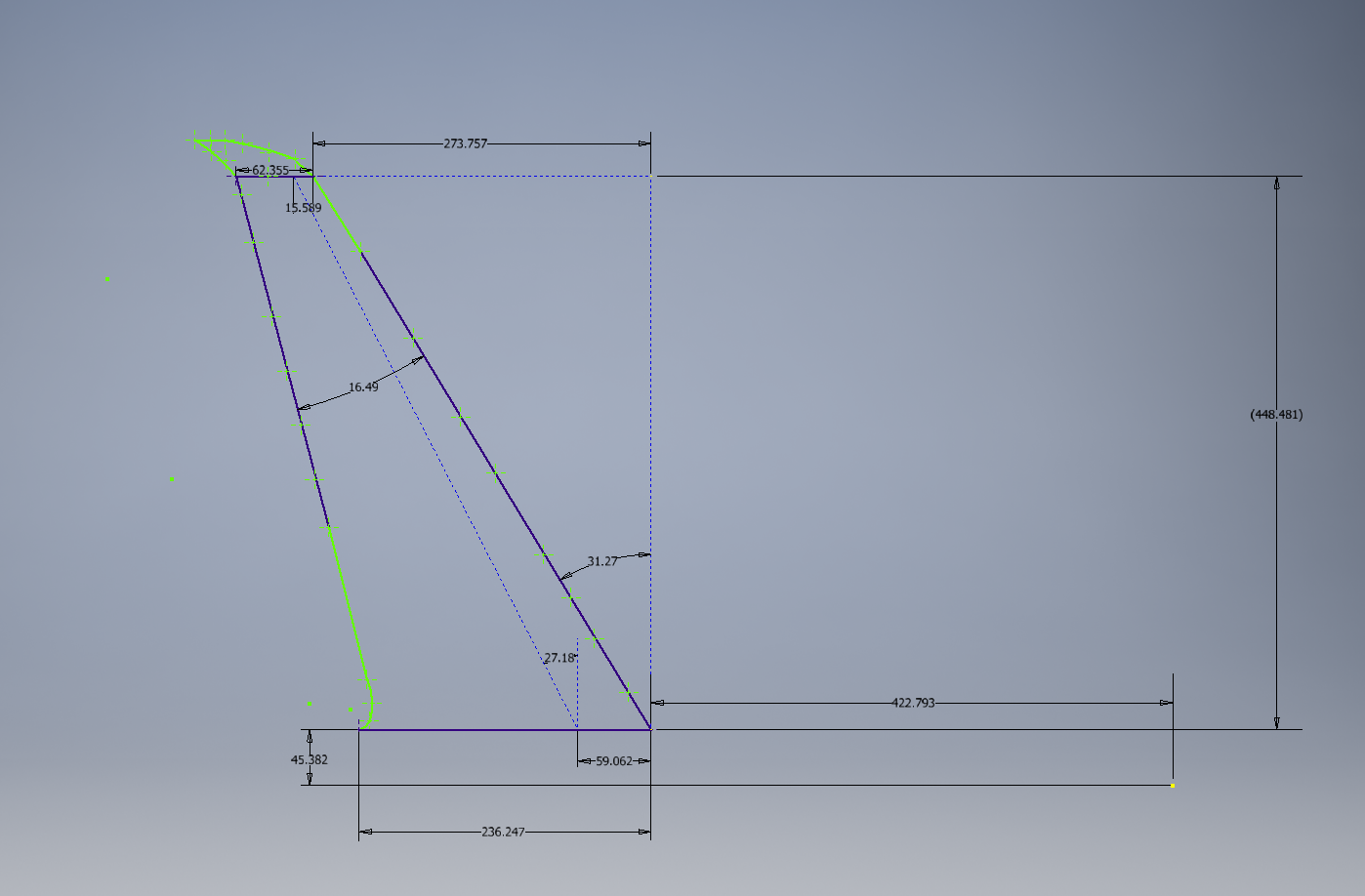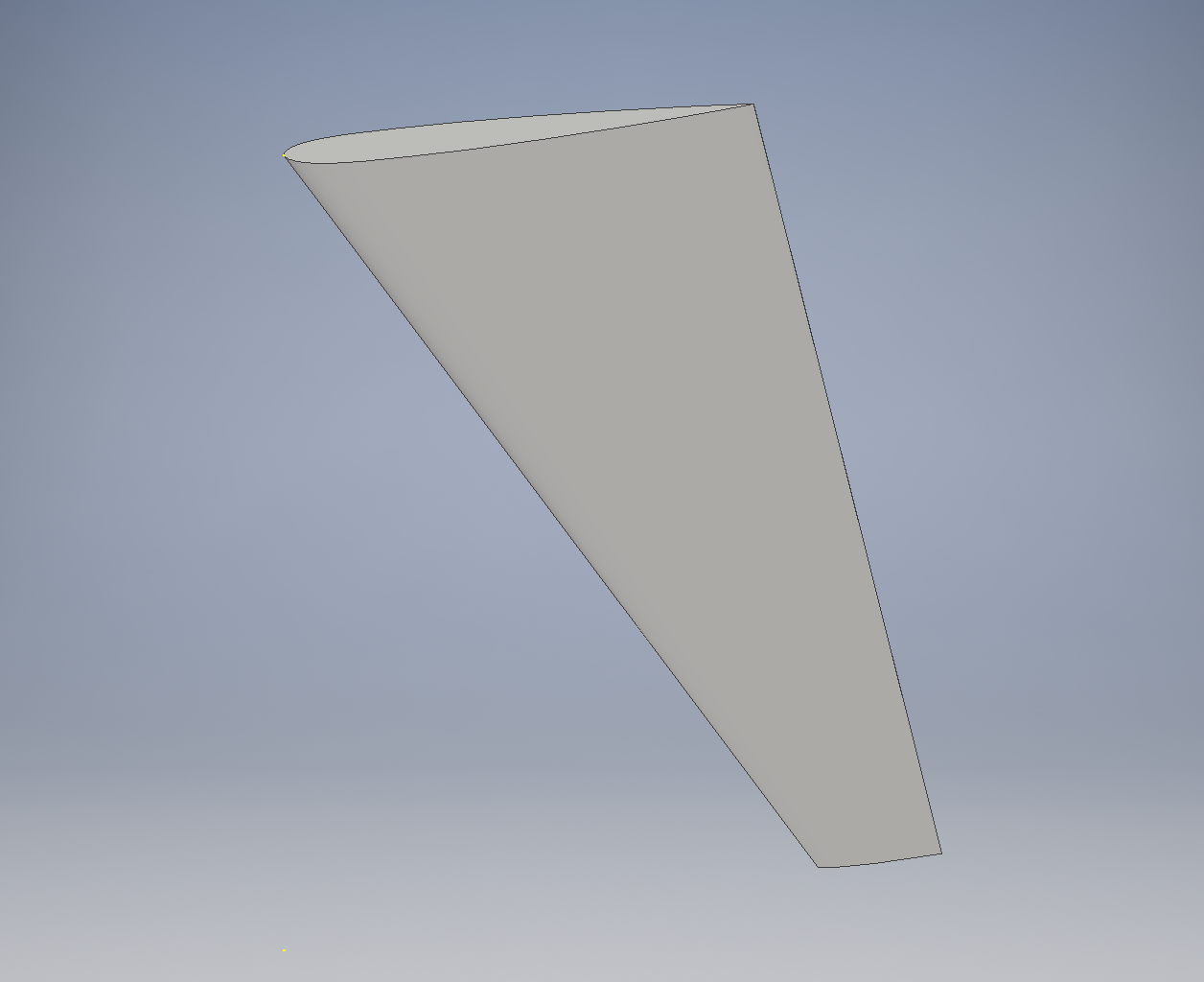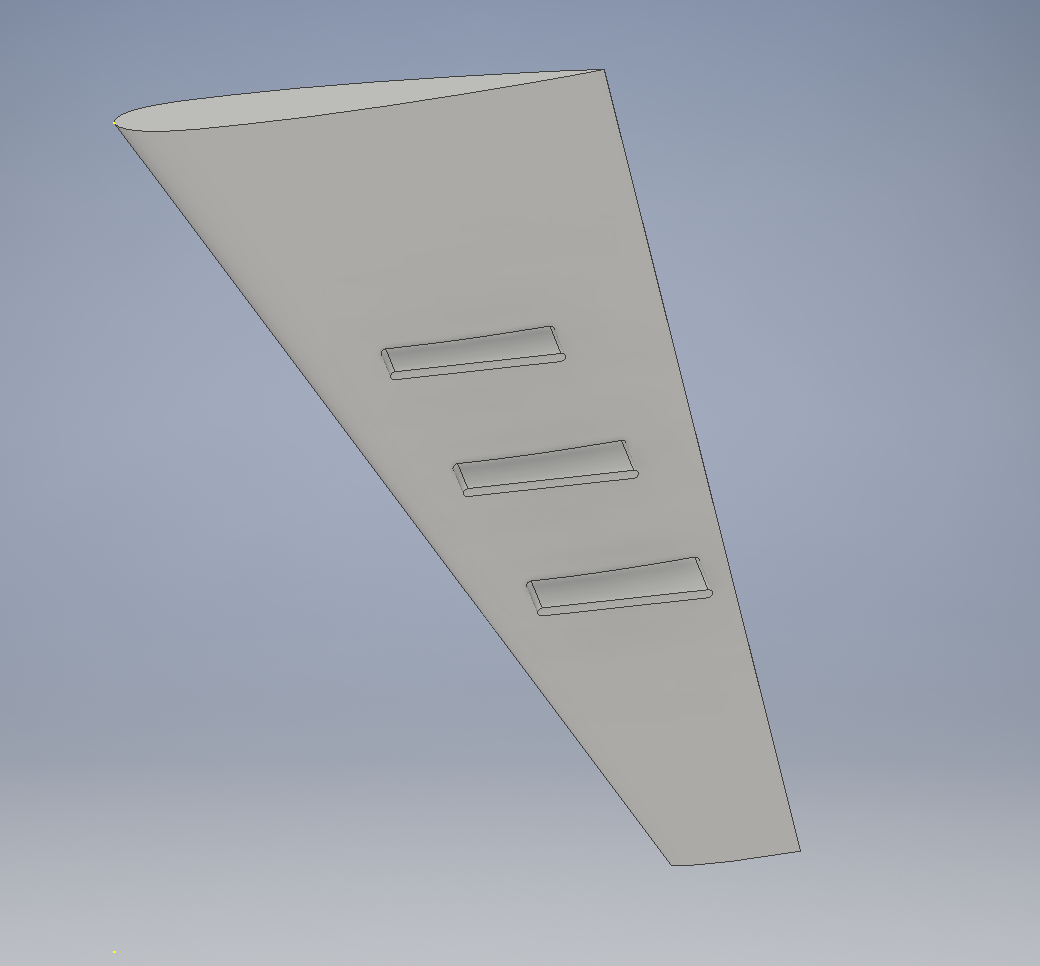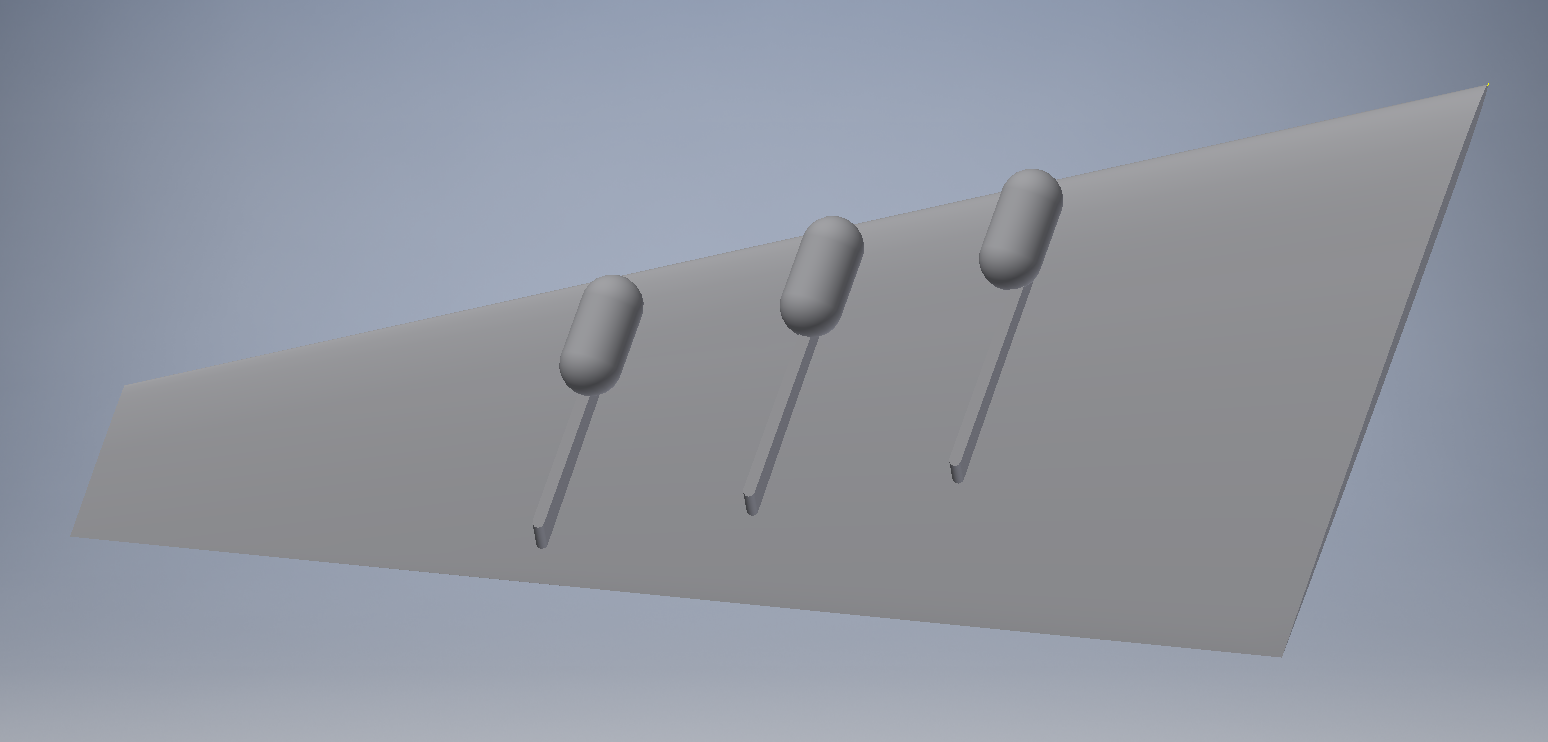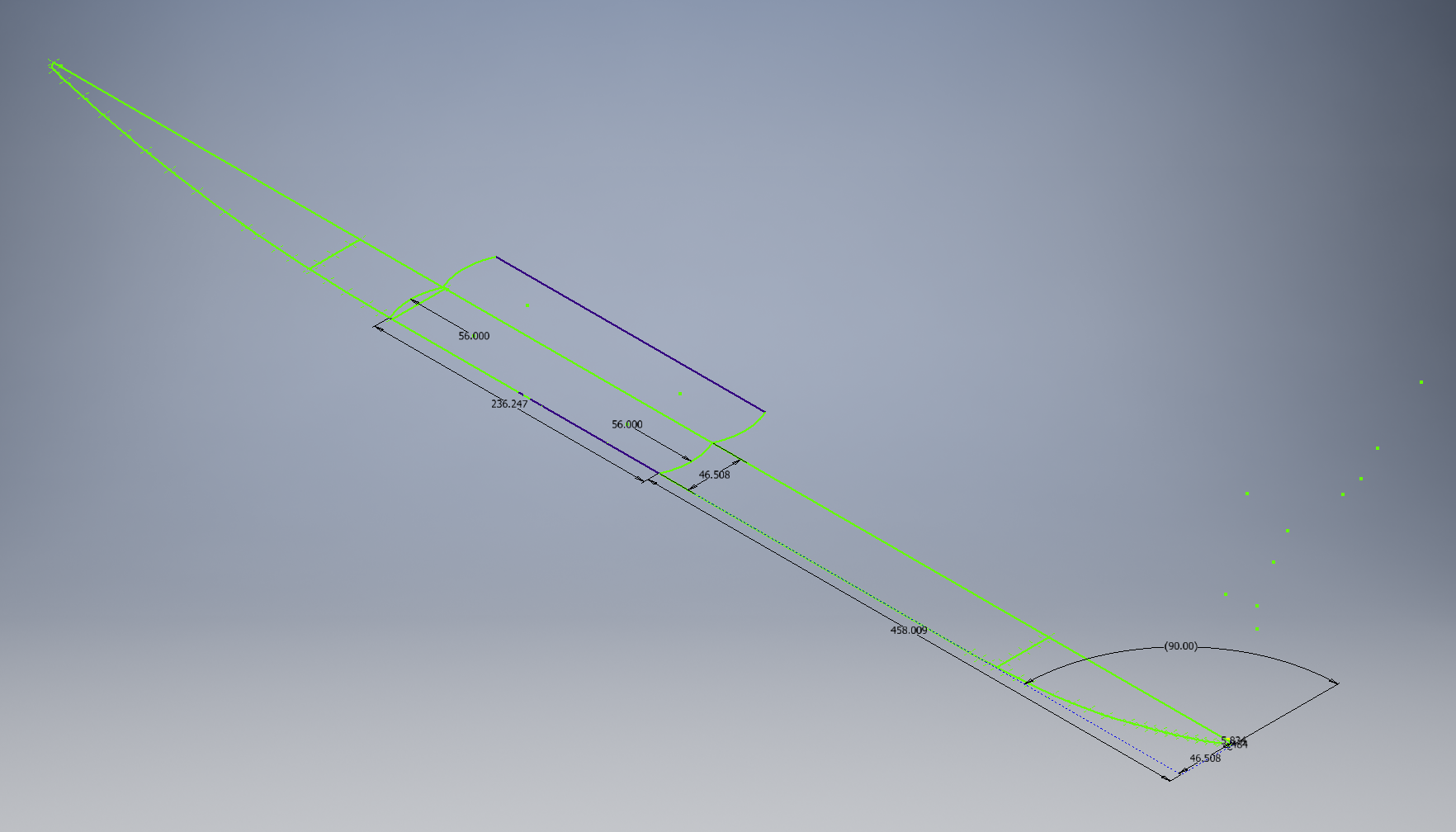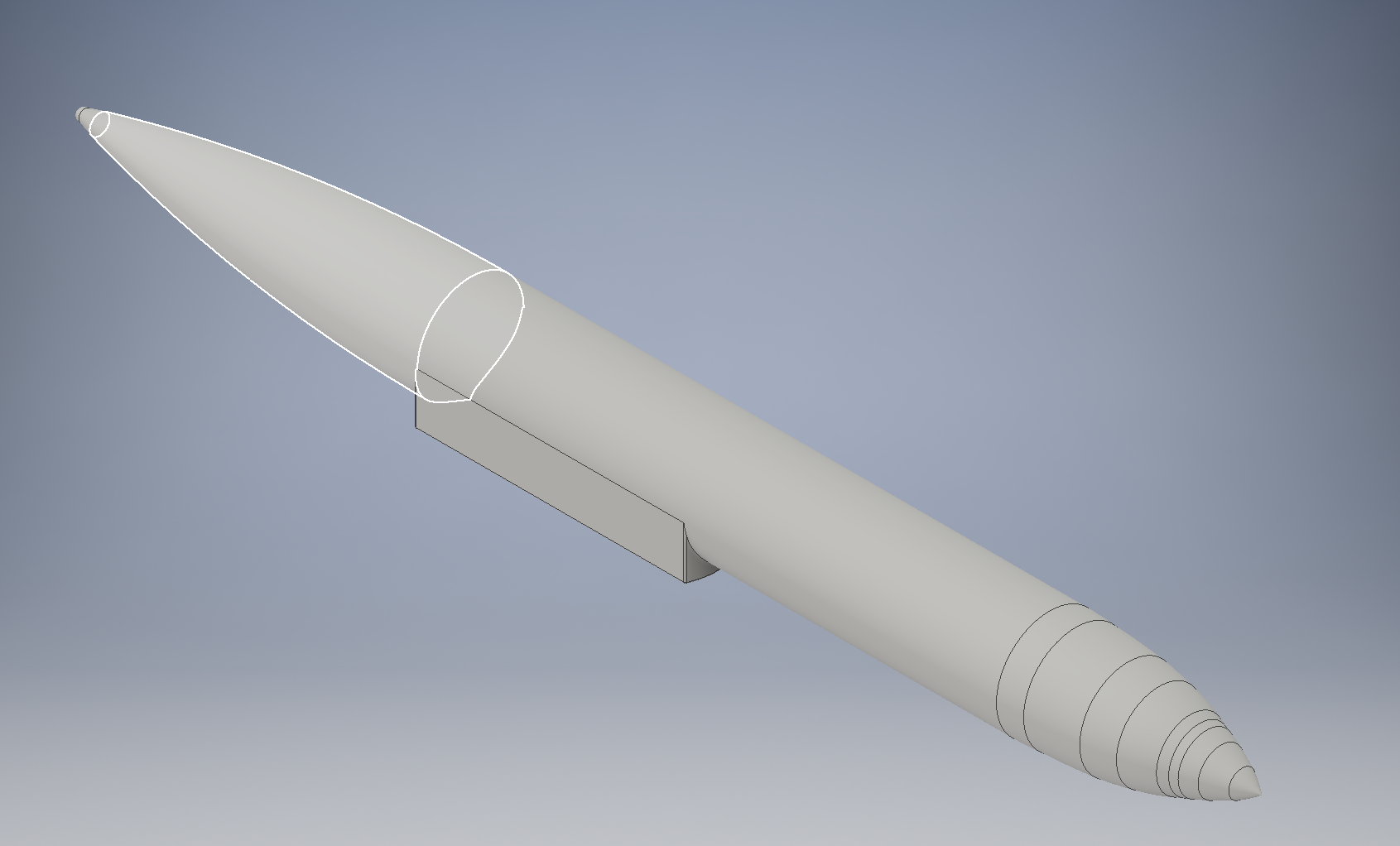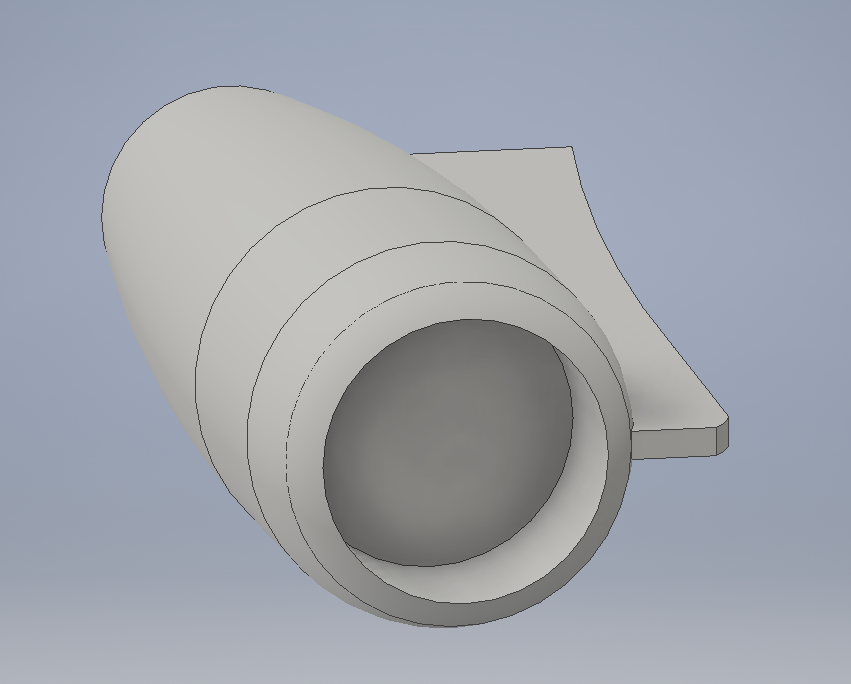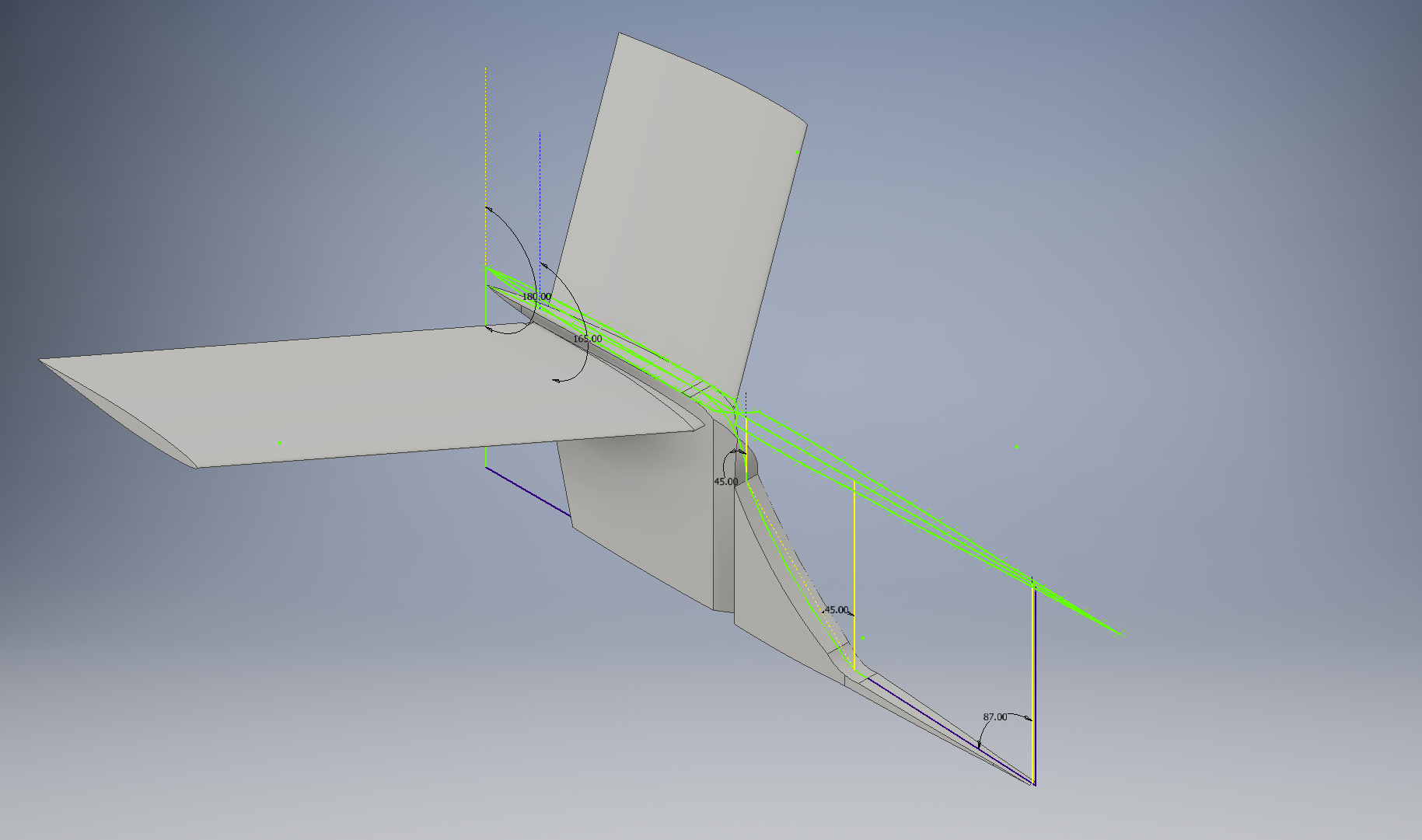If you wish to receive class updates and announcements please submit your email here!
[contact-form][contact-field label=”Email” type=”email” required=”1″ /][/contact-form]
Class time/Preliminary Notes
I will be teaching a statistical orbit determination course this summer. This will be on my own time. All lectures will be posted to YouTube. I will be teaching the course out of Bob Schutz’s, Byron Tapley’s, and George H. Born’s, Statistical Orbit Determination. Feel free to use any textbook you desire but the problems and solutions will be assigned from this text. I have included some precursor notes in question and answer format on statistics and probability below.
AppendixA-ProbabilityAndStatistics
Syllabus
AEM_StatisticalOrbitDetermination_Syllabus_CRS
STATISTICAL ORBIT DETERMINATION
EXECUTIVE SUMMARY:
Orbit Determination (OD) is the problem of determining the best estimate of the state of a spacecraft whose initial state is unknown, from observations influenced by random and systematic errors, using a mathematical model that is not exact. Mordern OD is used to support all space missions from JSpOC’s observations of artificial Earth satellites to the International Space Station’s trajectory planning incorporating elements of probability, statistics, and matrix theory. A special projects class is needed to cover this vital part of the space curriculum that arguably makes the backbone of any space program.
DISCUSSION:
Modern OD approaches have been developed by the NASA Jet Propulsion Laboratory (JPL) to fulfill Earth and planetary navigation requirements and at the NASA Goddard Space Flight Center (GSFC) and the Department of Defense Naval Surface Weapons Center in applications of satellite tracking to problems in geodesy, geodynamics, and oceanography. The Joint Space Operations Center (JSpOC) at Vandenberg Air Force Base, the Conjunction Assessment Risk Analysis (CARA) at GSFC, and Trajectory Operation Officers (TOPO) at Johnson Space Center (JSC) use modern OD techniques in applications of satellite tracking, conjunction assessment, and protecting vital assets from the International Space Station to the National Reconnaissance Office (NRO) spy satellites.
Clearly, OD is an important part of any space mission. The proposed class will use the classical text, Statistical Orbit Determination, by Drs. Byron Tapley, Bob Schutz, and George Born. This basic OD course will cover:
- Introduction to OD problem
- Dynamic system and associated state
- Observations are non-linear functions of state variables
- Classical well-determined approach
- Modern over-determined approach
- Observations to measure satellite motion
- Ground-based systems: laser, radiometric, etc.
- Space-based systems: GPS, etc.
- Error sources and media corrections
- Non-linear OD reduced to linear state estimation
- Application of linear system theory
- Incorporation of algorithms to computational environment
- Sequential processing of observations
- Control of real-time processes
This will be supported by background and supplemental information in:
- Probability and Statistics
- Review of Matrix Concepts
- Examples of State Noise and Dynamic Model Compensation
- Solution of the Linearized Equations of Motion
Students can expect to incorporate their classroom knowledge into real-life by building optical and radiometric sensors supporting The University of Alabama’s new satellite ground station.
LECTURES:
Lecture 1 – Orbit Determination Concepts
Lecture 2 – Orbital Mechanics Review





